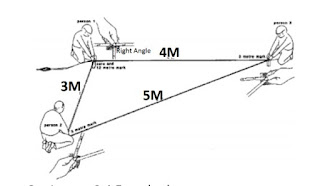DPR
DPR (Daily Progress Report)
A daily report is typically a document prepared by employees to submit to their supervisors. A standard report contains details on how they spent their workday, including any achievements or challenges they encountered. Often, the report also outlines plans for the following workday. A daily report updates a team leader or manager about an ongoing project. It should provide an overview that describes each member's tasks and progress. This saves the time of a daily meeting, but still allows the project to remain on track and keeps the manager well-informed. Reports are often more cost-efficient than a daily conversation. It is also an effective way of finding out which tasks have been completed so the project manager can distribute new tasks discerningly. Daily reports may also be used when it comes time for employee evaluations. A manager can look back at a series of reports to determine how quickly and efficiently work had been completed during a major project.
The contents of a daily construction report may vary depending on the project or organization, but most of them include:
- Report date and report number.
- Weather conditions: Rain, temperature, and wind speed; any work or equipment/material deliveries missed due to weather.
- Physical conditions: Poor soil quality on-site; large rocks or debris.
- Available resources: On-site staff members, subcontractors, equipment, materials, client representatives, inspectors, superintendents, or other visitors .
- The number of workers and hours worked.
- Work completed for the day (project status).
- Any delays or disruptions that occurred and/or that may occur in the future.
- Safety, industrial, and/or environmental accidents or incidents: Who they impacted and who was involved, when and where they occurred, the impact on work, and any photos of the event.


Comments
Post a Comment